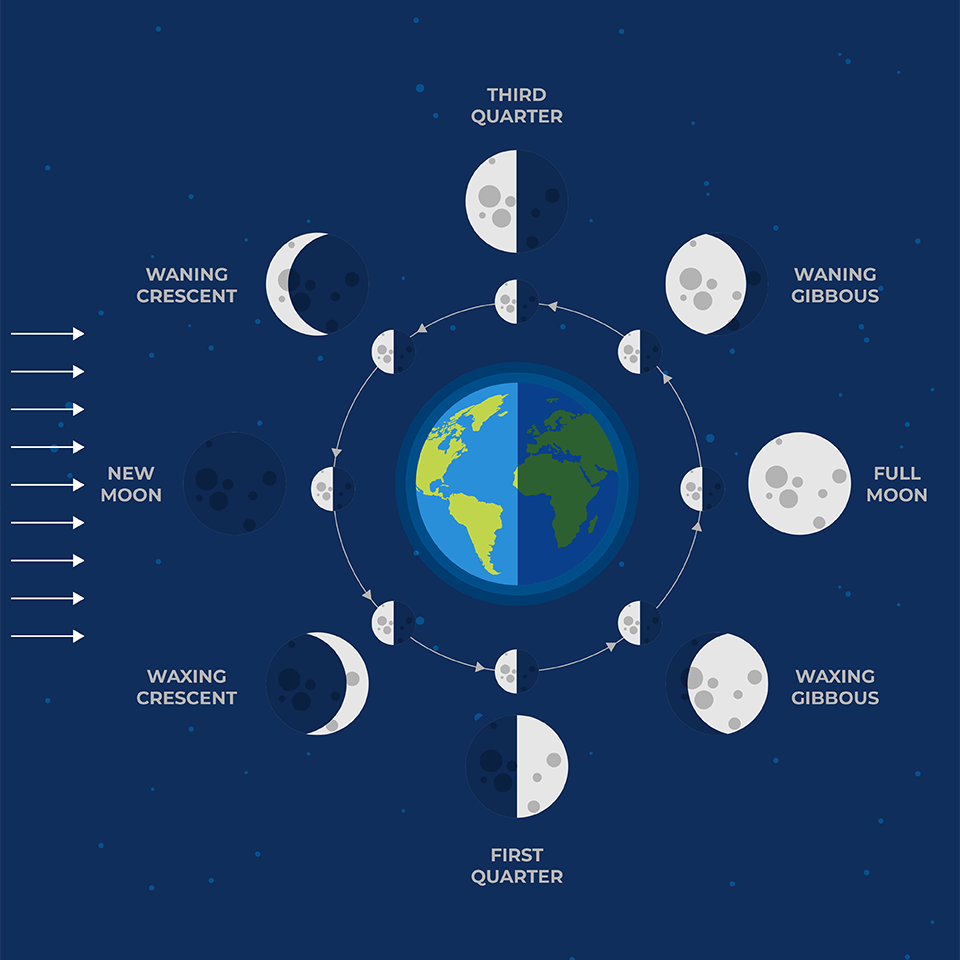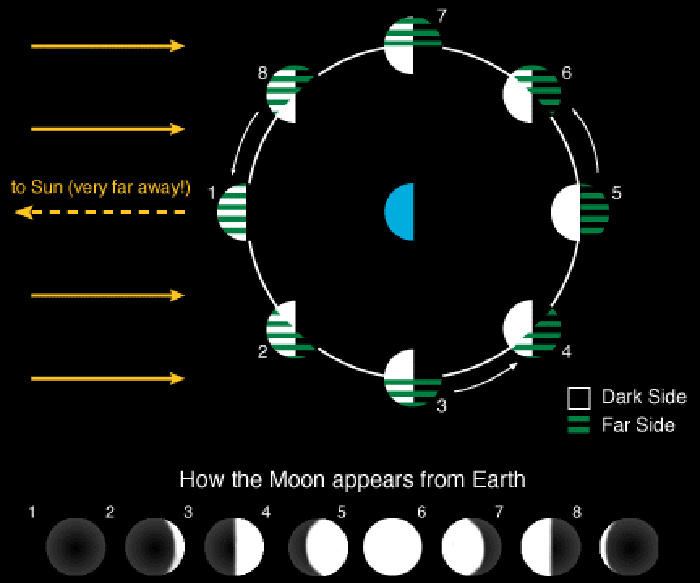
This 18.6-yr cycle causes the long-term modulation of oceanic tides where amplitudes of diurnal (semi-diurnal) components of K 1 and O 1 (M 2) tides modulate by 11% and 19% (4%) respectively, and the amplitude modulation of the semi-diurnal M 2 tide is out-of-phase from the diurnal (K 1 and O 1) tides 11. The 18.6-yr cycle is caused by the oscillation of the orbital surface of moon around the earth: the surface inclines 23.4° to the equatorial surface of earth on average and this inclination oscillates with the period of 18.613 years with the amplitude of 5.2° 11. ENSO could, thus, be related to the 18.6-yr cycle. Since the SST and SLP pattern of PDO is similar to ENSO 12, PDO is also referred to as ENSO-like variability which affects global mean surface temperature as “hiatus” 15 (global warming slowdown). The bi-decadal component of Pacific Decadal Oscillation 12 (the first principal component of SST variability north of 20°N in the North Pacific, henceforth PDO) is known to be related to the 18.6-yr cycle 13, 14. One of possible candidates for this is the 18.6-year period moon tidal cycle 11 (henceforth, 18.6-yr cycle). However, the spring season that follows has almost no correlation with the previous winter (referred to as “spring barrier”) 9, 10, making long-term ENSO forecasting (beyond 1 year) difficult.įinding the relationship between ENSO and external forcings with known period and phase would contribute to the long-term forecast of ENSO.


Seasonal ENSO forecast has been successfully performed on the basis of ENSO persistence: June-August anomaly persists and amplifies until the following winter in the northern hemisphere (February to March). Hence, ENSO has been studied intensively, and several theories 5, 6, 7, 8 of ENSO have been proposed.

ENSO impacts global climate 2 through atmospheric teleconnection 3, 4.


 0 kommentar(er)
0 kommentar(er)
